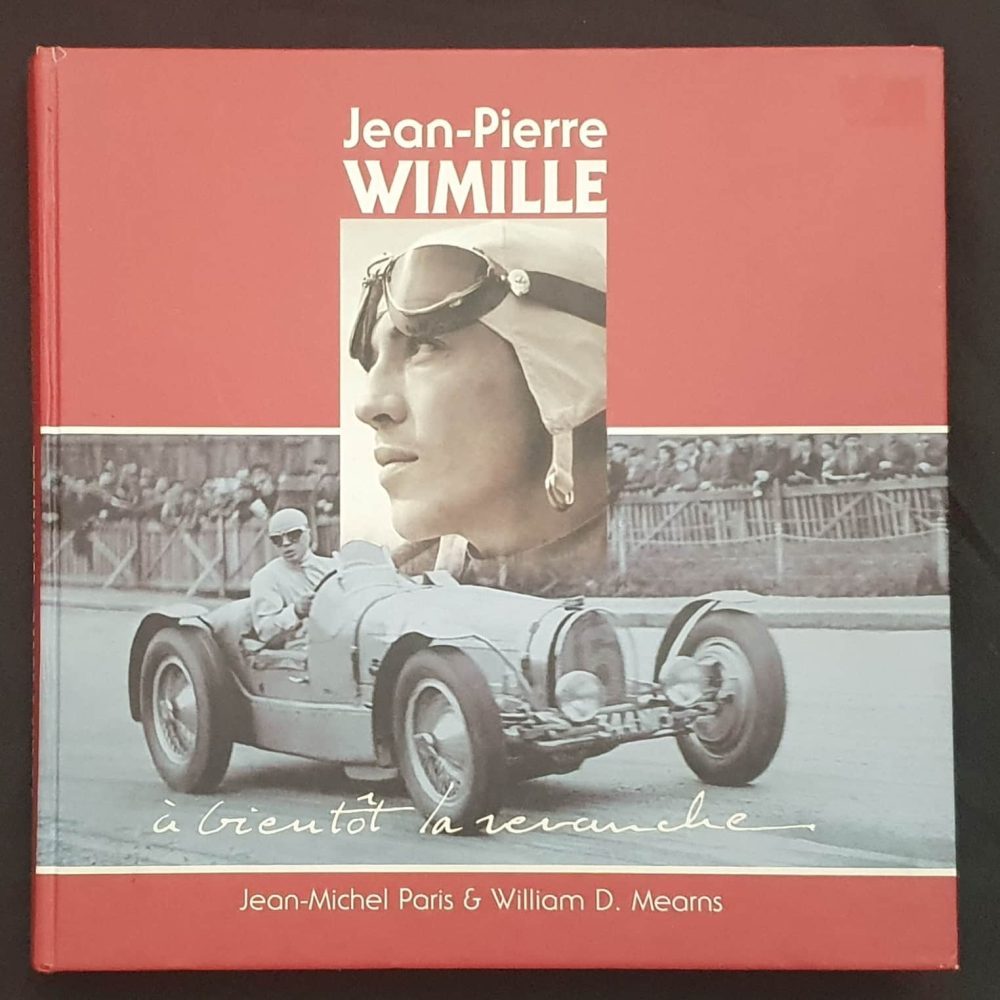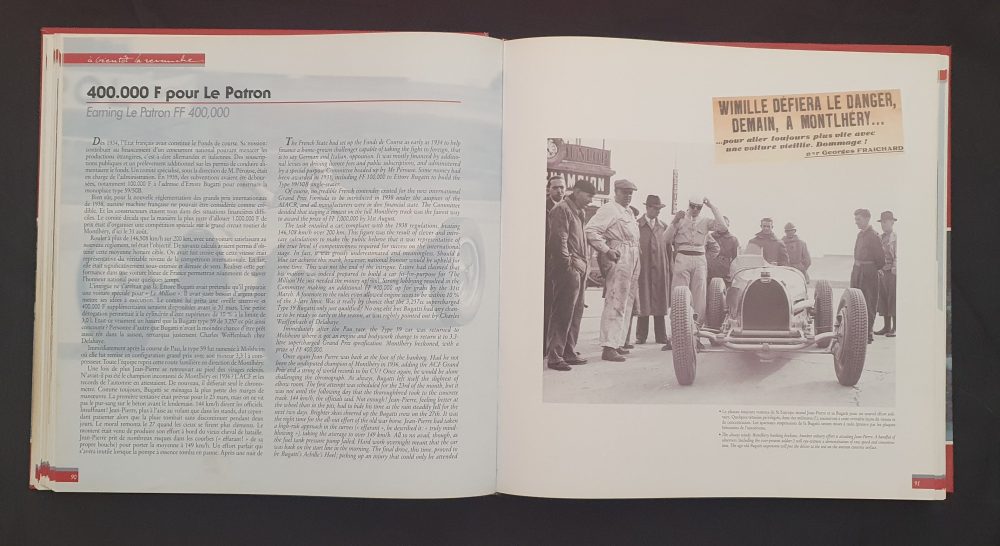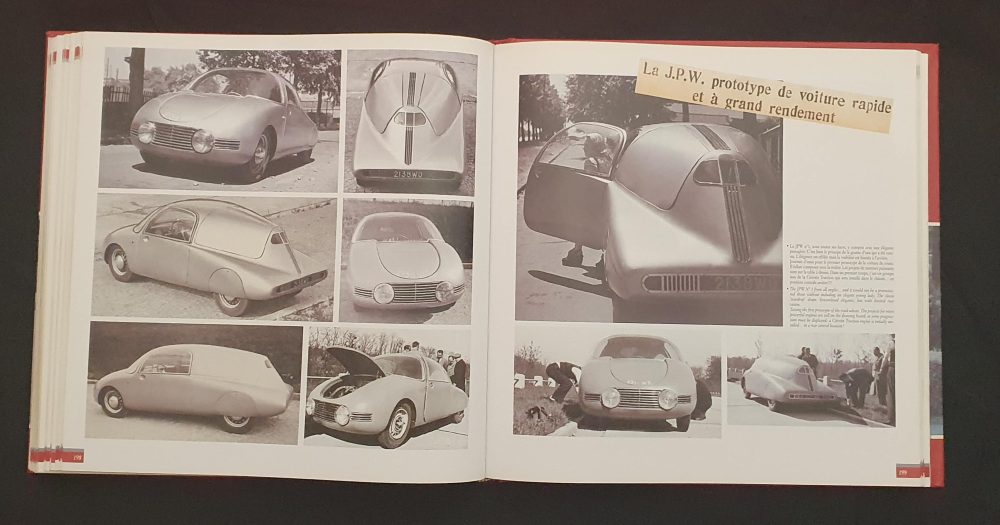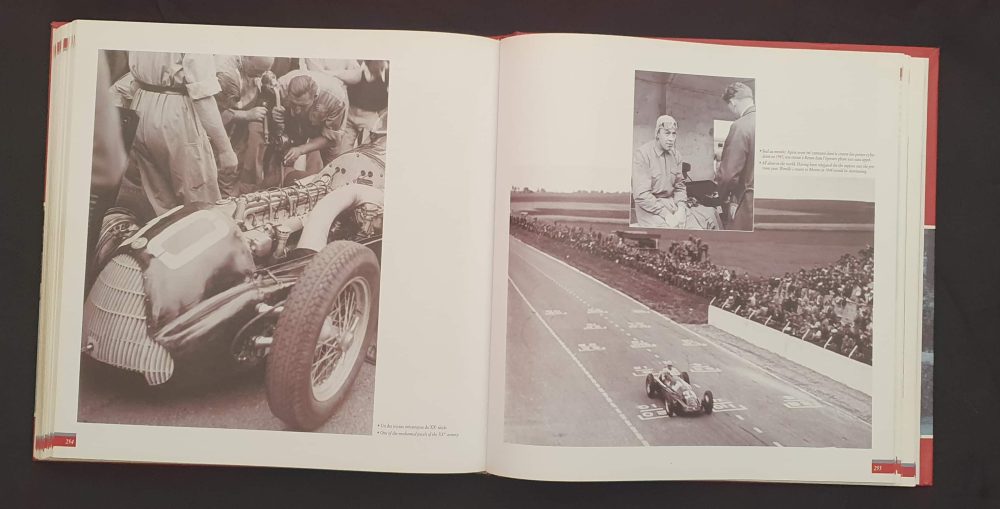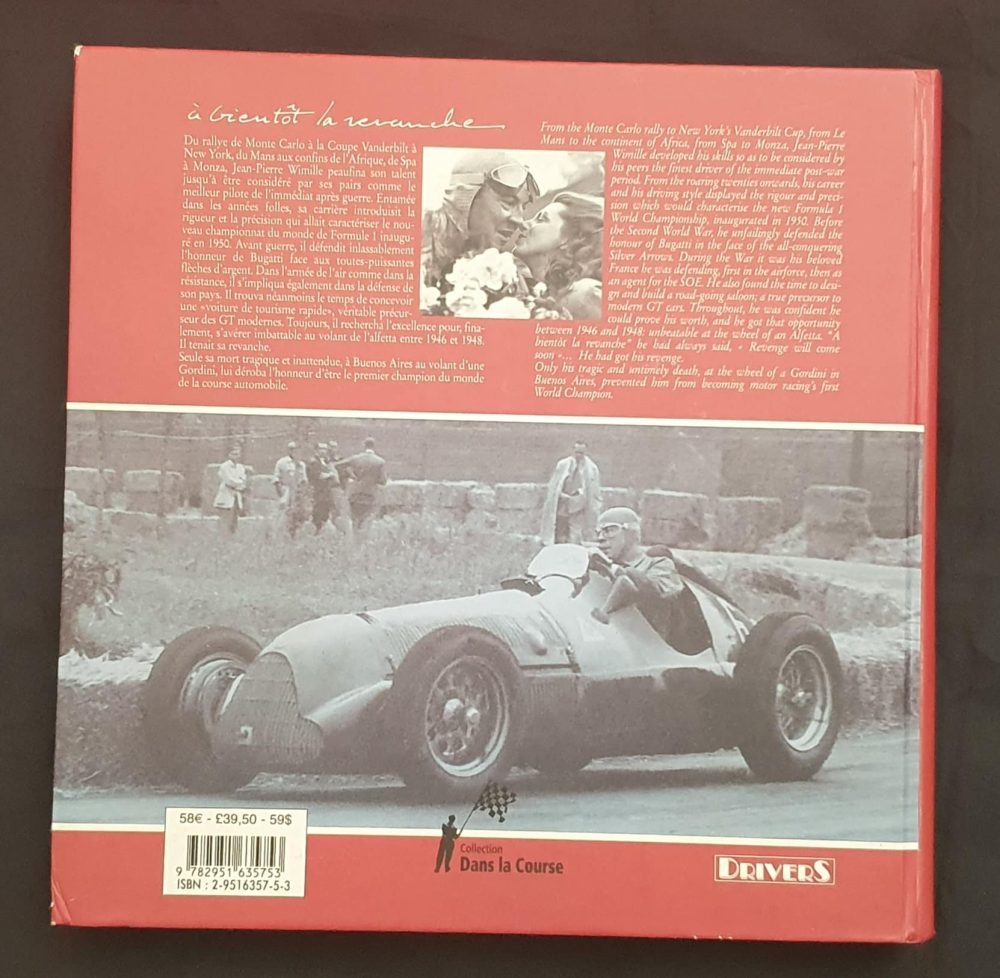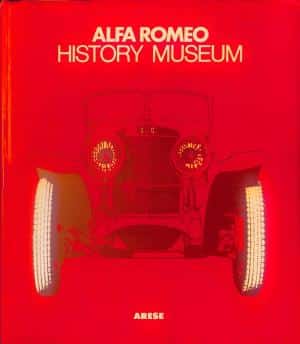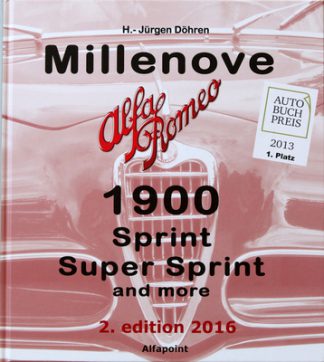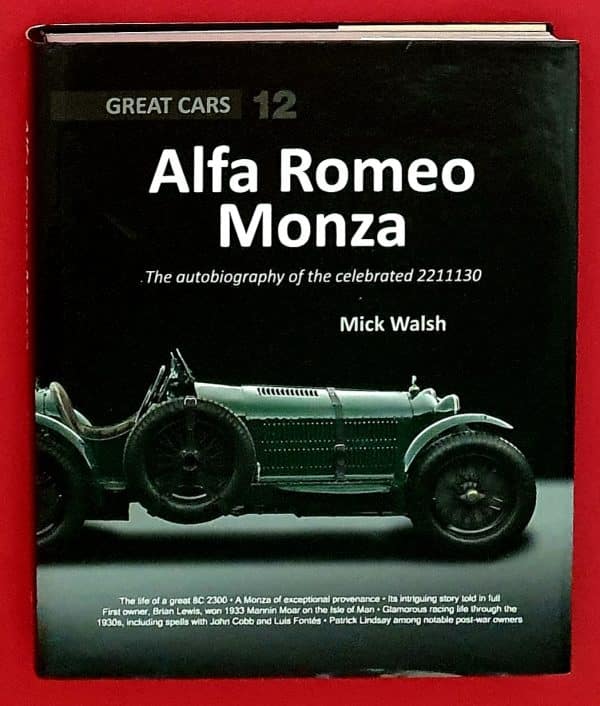Beschrijving
Jean-Pierre Wimille – a bientot la revanche.
An embarrassingly long time ago two students, one French, one Scottish, found themselves studying in north London. Little did they know that a shared passion for motor racing would provide a backdrop to their post-educational lives…
The catalyst came from Autosport magazine. In one of his ‘Fifth Column’ articles, the ever-readable Nigel Roebuck included a throwaway line, the gist of which was that he was astonished that no biography of Jean-Pierre Wimille existed.
The two students thought they knew the name of Wimille, and set about trying to discover why. He turned out to be a two-times winner at Le Mans, and he won several Grands Prix in the post-war (but pre-World Championship) years. His prime as a racing driver had, however, been interrupted by the Second World War. (If only, the students thought, it could be shown that he had spent the war as a member of the French Resistance.., that would surely make a good story!) And, as if that were not enough, he had designed and built his own road car
The motoring books they turned to would mention one or two small facts about Wimille, and perhaps included an arm-waving description such as, . the great driver ,), « the French champion)) or ,, acknowledged as the finest driver of his day ,,… but they all had their own tales to tell, and that of Wimille was lost in the detail.
The desire to write a biography of Wimille took impetus when, through an incredible series of bizarre occurrences, the two students (now no longer stu- dents!) got the chance to meet Wimille’s widow, a sprightly and engaging woman still living in Paris. The full extent of Jean-Pierre Wimille’s personal archives laid bare a fascinating story that spanned several great eras in motor racing history.
Wimille ought to be better known, but several twists of fate appear have prevented this. He was a Bugatti works driver, but at a time when Bugatti were ceasing to become important in the grand scheme of things.
It transpired that he had served in the French underground movement during the war and owing to the covert nature of this, the story cannot be fully known.
He was the first ‘star’ driver for the Gordini team but, sad to say, Gordini never managed to realise their potential, with Wimille as a driver, or afterwards. And, most importantly, he was at the height of his powers and his fame in the period that has been almost totally ignored by motor racing history: the late 1940s. It has been far too easy to assume that post-war racing covers the same period as World Championship history, but this is a false premise. To ignore the 1940s is to ignore the birth of Formula One and to miss out on a fascinating insight into how modern racing came about.
Forget the 1940s, you forget Wimille. Forget Wimille, you forget the 1940s.
We hope this book rights some wrongs. It is the work of amateurs, in the true sense of the word, and we hope we have been able to shed light on some of the occurrences and some of the characters that make motor racing such a fascinating sport.
Gebruikt boek in goede en nette staat, hoekjes van het boek zijn beschadigd, gelezen net boek.
Engels / Frans, hardcover, 2002, 304 pagina’s, Jean-Michel Paris, William Means. Collection Dans La Course.
ISBN 2951635753.
EAN 9782951635753.

